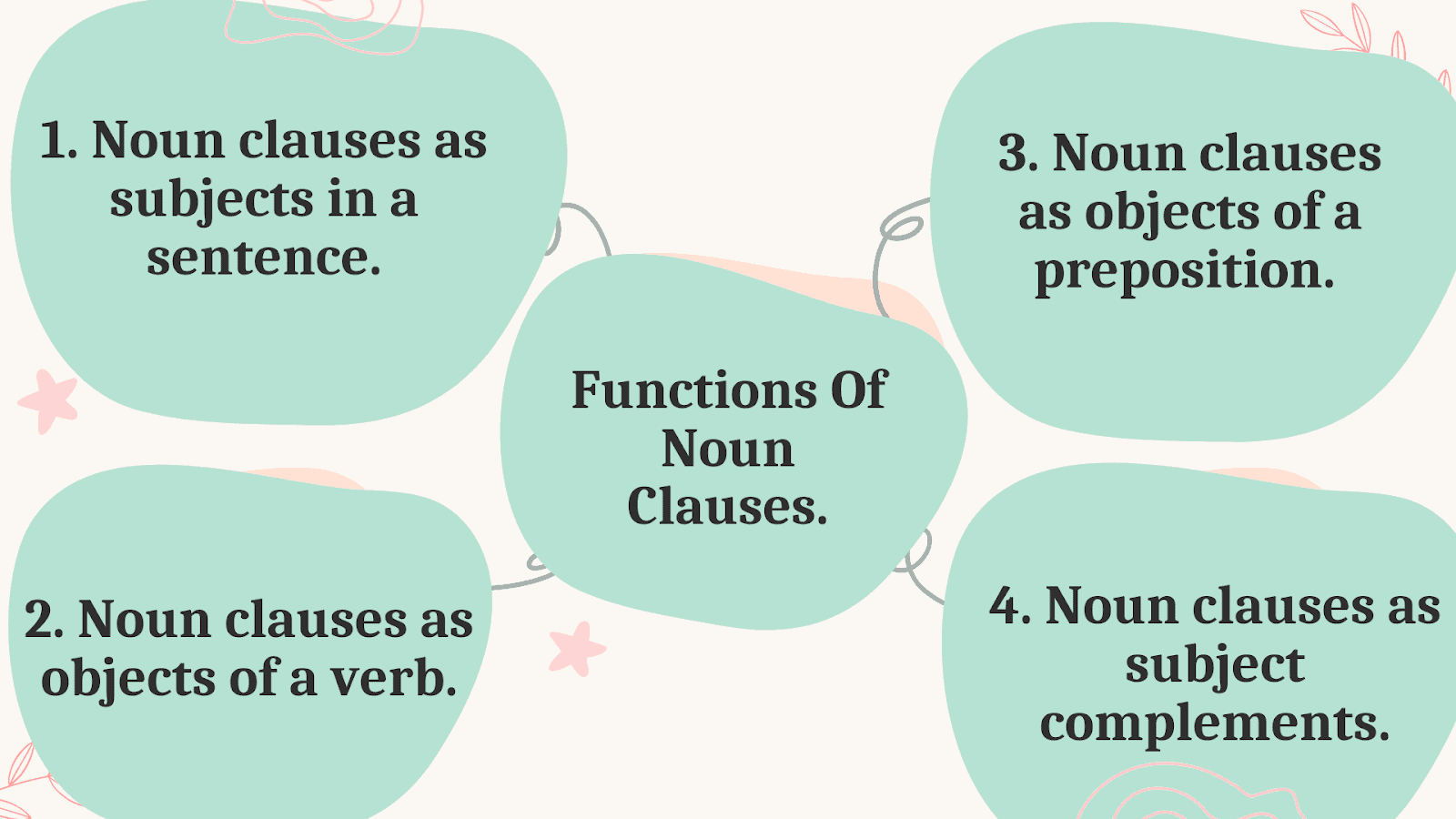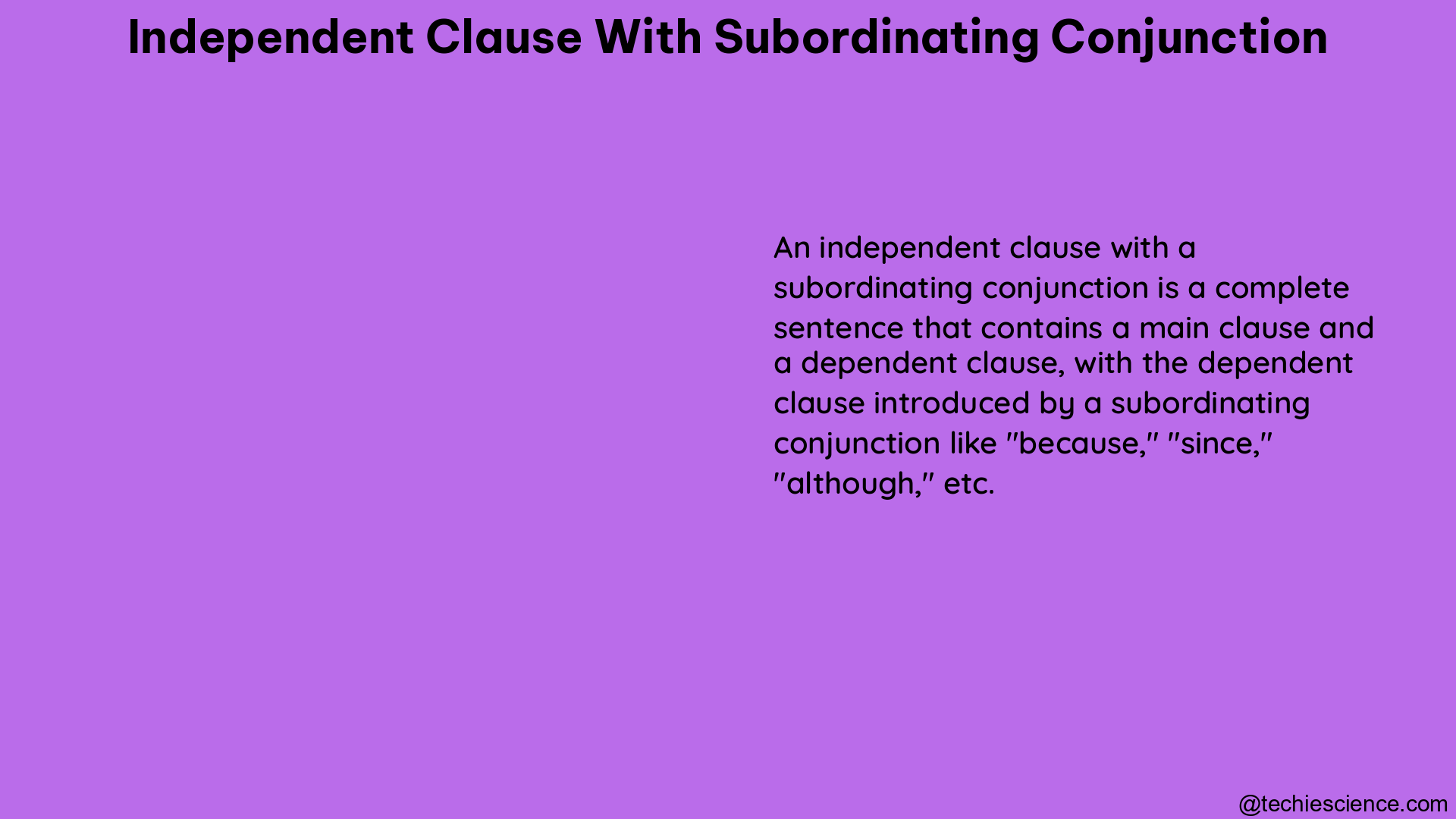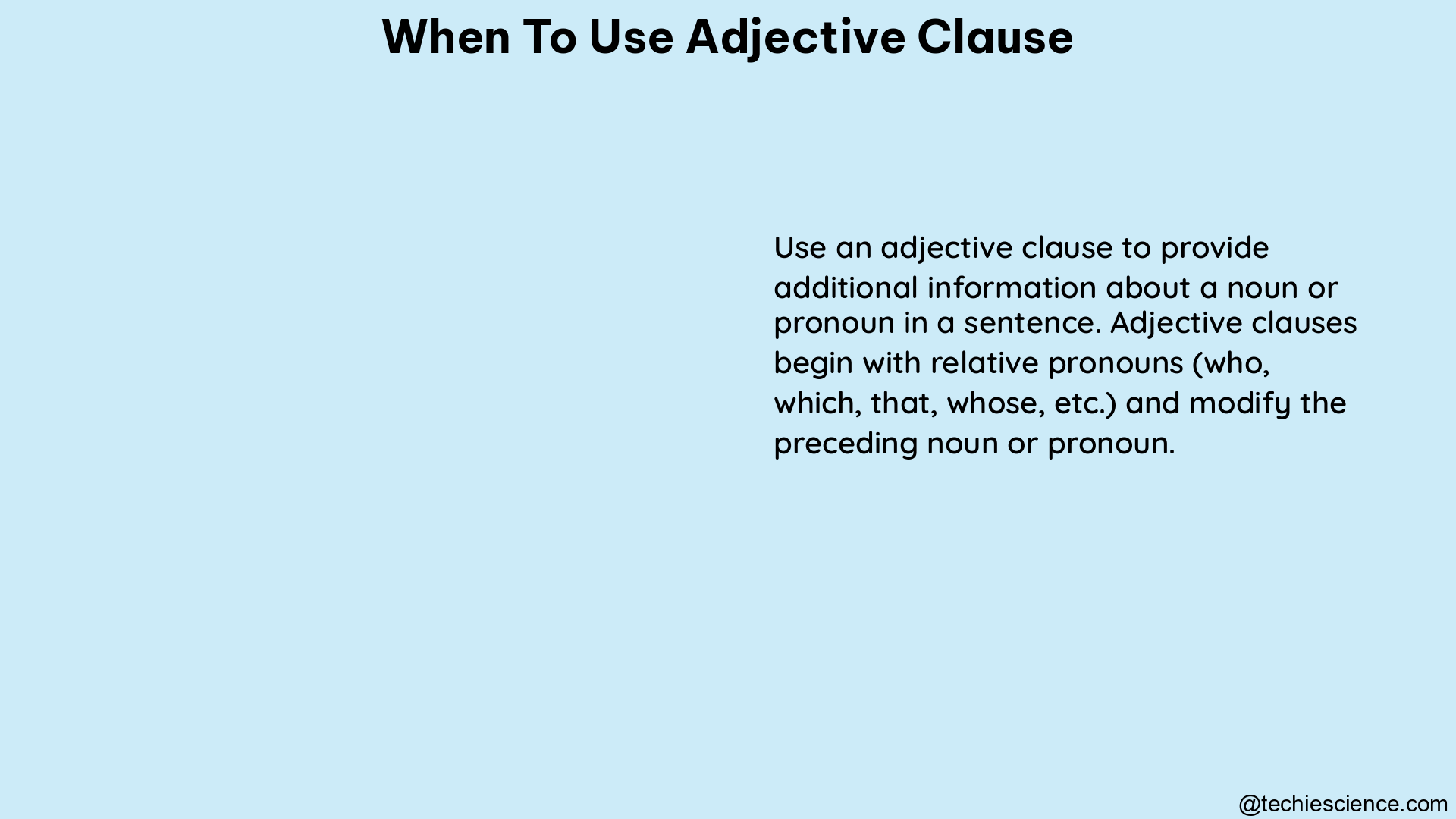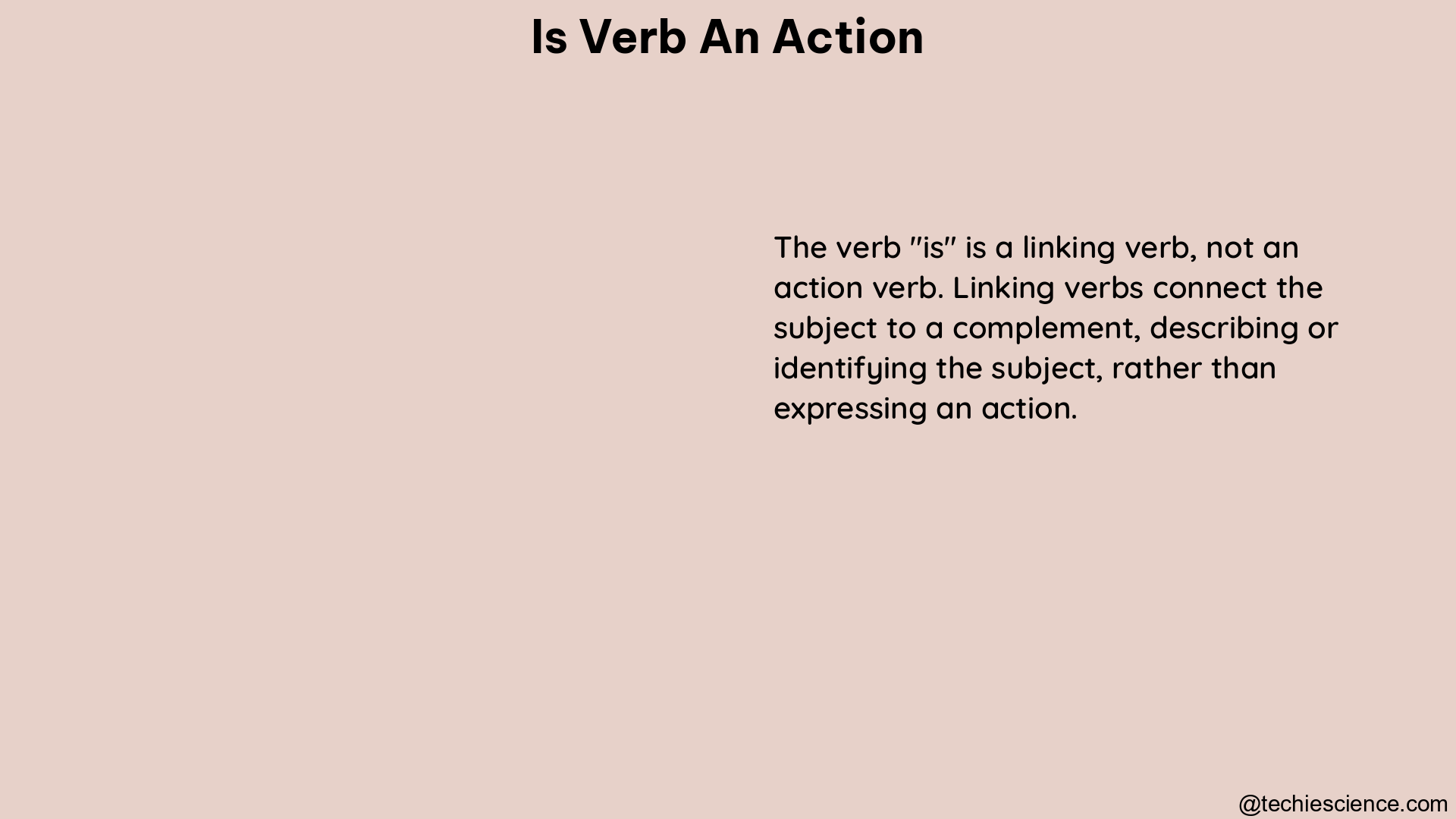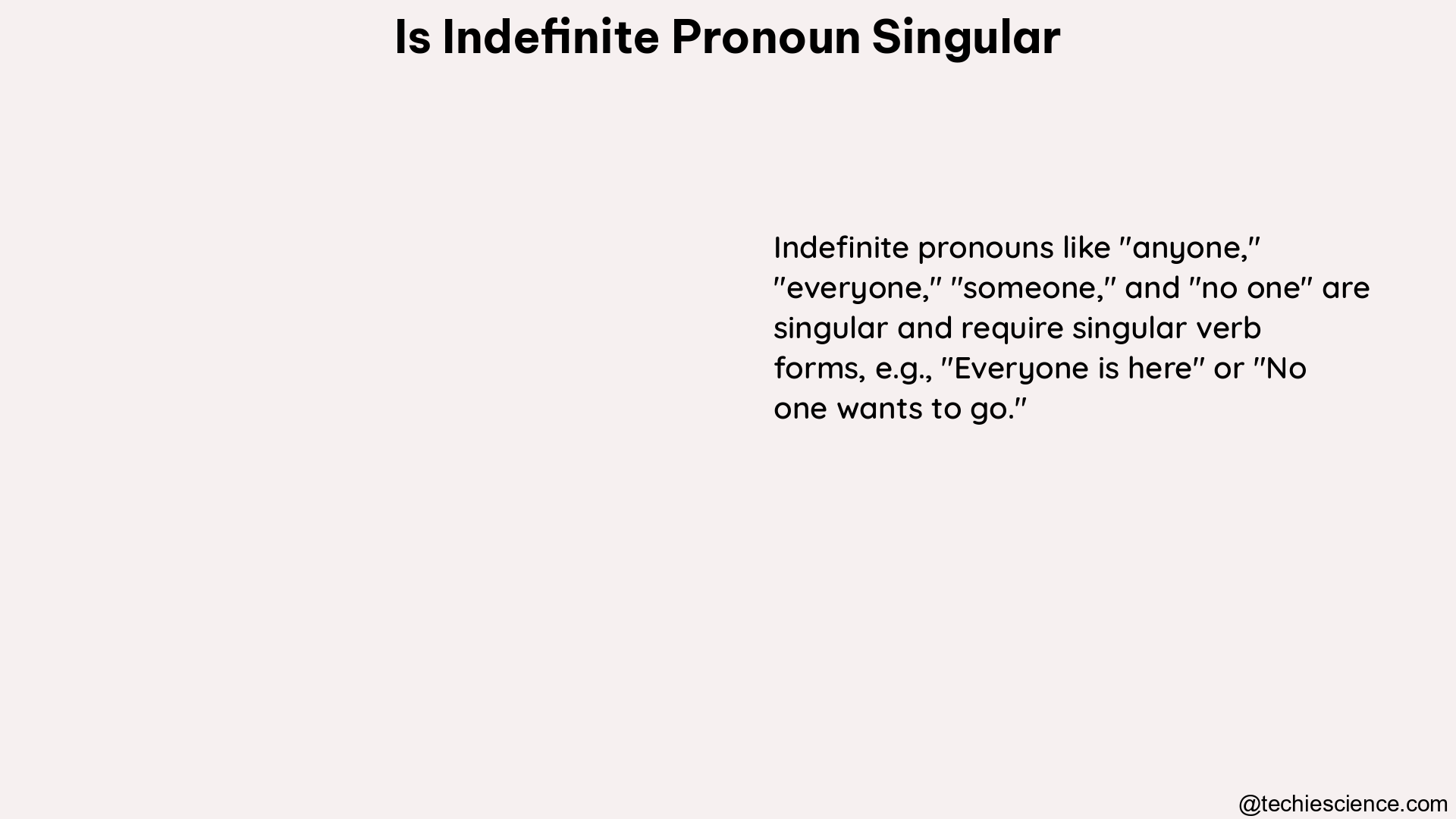Noun clause examples and subtypes of noun clauses in this article will help to use various types of ‘Noun Clause’ in a sentence.
A ‘Noun Clause’ is nothing but a group of words which acts as same as a noun does in a sentence.
Subject noun clause examples –
- How they all behaved was quiet surprising.
Explanation – Here, the word group ‘How they all behaved’ can be called ‘Noun Clause’ as it is working as noun of the sentence.
- Whatever you asked was not going to be fulfilled.
Explanation – Here, the word group ‘Whatever you asked’ can be called ‘Noun Clause’ as it is working as noun of the sentence.
- However you have done it is not necessary to know.
Explanation – Here, the word group ‘However you have done it’ can be called ‘Noun Clause’ as it is working as noun of the sentence.
- Why my dog is sleeping for whole day is not known to me.
Explanation – Here, the word group ‘Why my dog is sleeping for whole day’ can be called ‘Noun Clause’ as it is working as noun of the sentence.
- Whatever you are cooking looks delicious.
Explanation – Here, the word group ‘Whatever you are cooking’ can be called ‘Noun Clause’ as it is working as noun of the sentence.
Subordinate noun clause examples –
- Whichever you write increases your writing skill.
Explanation – Here, the word group ‘Whichever you write’ can be referred as ‘Subordinate Noun Clause’ .
- Whatever you read decides your brain development.
Explanation – Here, the word group ‘Whatever you read’ can be referred as ‘Subordinate Noun Clause’ .
- Whoever you call will connect you to the hospital.
Explanation – Here, the word group ‘Whoever you call’ can be referred as ‘Subordinate Noun Clause’.
- I like to sing a song that will make everyone happy.
Explanation – Here, the word group ‘that will make everyone happy l’ can be referred as ‘Subordinate Noun Clause’.
- Wherever you go will never be better than your homeland.
Explanation – Here, the word group ‘Wherever you go’ can be referred as ‘Subordinate Noun Clause’.
Object noun clause examples –
- I don’t know why you behaved such rude with me.
Explanation – Here, the word group can be referred as ‘Object Noun Clause’ as this noun clause ‘why you behaved such rude with me’ is performing as object of the sentence.
- Pijush likes to purchase whatever he wants to.
Explanation – Here, the word group can be referred as ‘Object Noun Clause’ as this noun clause ‘whatever he wants to’ is performing as object of the sentence.
- Sandip helps everyone whoever comes to seek help from him.
Explanation – Here, the word group can be referred as ‘Object Noun Clause’ as this noun clause ‘whoever comes to seek help from him’ is performing as object of the sentence.
- Rita continued her study by whichever means to adopt.
Explanation – Here, the word group can be referred as ‘Object Noun Clause’ as this noun clause ‘whichever means to adopt’ is performing as object of the sentence.
- Now I understand what you have asked on that day to explain.
Explanation – Here, the word group can be referred as ‘Object Noun Clause’ as this noun clause ‘what you have asked on that day to consume’ is performing as object of the sentence.
Reduced noun clause examples –
Example of Sentence with ‘Noun Clause’ –
Sandip doesn’t know how he is going to perform the song.
Example of Same Sentence with ‘Reduced Noun Clause’ –
Sandip doesn’t know how to perform the song.
Explanation – The noun clause ‘how he is going to perform the song’ has been reduced to noun phrase ‘how to perform the song’.
Example of Sentence with ‘Noun Clause’ –
I am interested to know from you the procedure which is going to help you to cook this delicious dish.
Example of Same Sentence with ‘Reduced Noun Clause’ –
I am interested to know from you the procedure which helps to cook this delicious dish.
Explanation – The noun clause ‘which is going to help you to cook this delicious dish’ has been reduced to noun phrase ‘which helps to cook this delicious dish’.
Appositive noun clause examples –
- The question that you have asked made me nervous to answer.
Explanation – Here the word group ‘that you have asked made me nervous to answer’ can be regarded as ‘Appositive Noun Clause’ as it is supporting the word ‘question’.
- The smile which you gave to Pijush made him happy.
Explanation – Here the word group ‘which you gave to Pijush made him happy’ can be regarded as ‘Appositive Noun Clause’ as it is supporting the word ‘question’.
- The smile which you gave to Pijush made him happy.
Explanation – Here the word group ‘which you gave to Pijush made him happy’ can be regarded as ‘Appositive Noun Clause’ as it is supporting the word ‘smile’.
- My aim, for you to make a doctor, seems unbelievable.
Explanation – Here the word group ‘for you to make a doctor’ can be regarded as ‘Appositive Noun Clause’ as it is supporting the word ‘aim’.
- Your design, for the wedding venue, looks amazing.
Explanation – Here the word group ‘for the wedding venue’ can be regarded as ‘Appositive Noun Clause’ as it is supporting the word ‘design’.
Noun subordinate clause examples –
- Whoever you ask will not going to give you company.
Explanation – Here, the word group ‘Whoever you ask’ can be referred as ‘Noun Subordinate Clause’.
- I cook whatever I want to eat.
Explanation – Here, the word group ‘whatever I want to eat’ can be referred as ‘Noun Subordinate Clause’.
- I want to know the question that was asked in the last interview.
Explanation – Here, the word group ‘that was asked in the last interview’ can be referred as ‘Noun Subordinate Clause’.
- What you speak determines your character.
Explanation – Here, the word group ‘What you speak determines’ can be referred as ‘Noun Subordinate Clause’.
- I am going to meet with the person who had sent me a friend request.
Explanation – Here, the word group ‘who had sent me a friend request’ can be referred as ‘Noun Subordinate Clause’.
Noun complement clause examples –
- I like all those people who can fight for themselves.
Explanation – Here the word group ‘who can fight for themselves’ is a noun clause which can be regarded as ‘Noun Complement Clause’ because this word group is complementing the ‘Subject’ of the sentence.
- Pijush always in company of those who took him to the wrong path.
Explanation – Here the word group ‘who took him to the wrong path’ is a noun clause which can be regarded as ‘Noun Complement Clause’ because this word group is complementing the ‘Subject’ of the sentence.
- I am going to sing a song which was taught to me by my mother.
Explanation – Here the word group ‘which was taught to me by my mother’ is a noun clause which can be regarded as ‘Noun Complement Clause’ because this word group is complementing the ‘Subject’ of the sentence.
- Rita likes to perform a dance which is going to be her best dance for life.
Explanation – Here the word group ‘which is going to be her best dance for life’ is a noun clause which can be regarded as ‘Noun Complement Clause’ because this word group is complementing the ‘Subject’ of the sentence.
- I am not interested to give a statement which is going to support the criminal.
Explanation – Here the word group ‘which is going to support the criminal’ is a noun clause which can be regarded as ‘Noun Complement Clause’ because this word group is complementing the ‘Subject’ of the sentence.
Noun main clause examples –

- Whichever way you adopt to read the book is not going to hamper your study.
Explanation – Here the word group ‘Whichever way you adopt to read the book’ can be regarded as ‘Noun Main Clause’.
- Whoever you meet to share your story is not going to reduce your sorrow.
Explanation – Here the word group ‘Whoever you meet to share your story’ can be regarded as ‘Noun Main Clause’.
- How you paint your last picture is quite nice to observe.
Explanation – Here the word group ‘How you paint your last picture’ can be regarded as ‘Noun Main Clause’.
- I feel so bothered about the audio story that I heard in a radio station on last week.
Explanation – Here the word group ‘that I heard in a radio station on last week’ can be regarded as ‘Noun Main Clause’.
- Pijush likes to choose any dress whichever he found in the shopping mall.
Explanation – Here the word group ‘whichever he found in the shopping mall’ can be regarded as ‘Noun Main Clause’.
How to identify noun clause?
A noun clause in a sentence can be identified in below listed ways.
First Way of Identification – The clause must be a dependent clause to be regarded as a ‘Noun Clause’.
Second Way of Identification – That particular clause must acts functions of a noun.
Third Way of Identification –That particular clause must act as a ‘Noun’ and can be used as the ‘Subject’ of the sentence.
Fourth Way of Identification –That particular clause must act as a ‘Noun’ and can be used as the ‘Direct Object’ of the sentence.
Fifth Way of Identification –That particular clause must act as a ‘Noun’ and can be used as the ‘Indirect Object’ of the sentence.
Sixth Way of Identification –That particular clause must act as a ‘Noun’ and can be used as the ‘Object of a Preposition’ of the sentence.
Seventh Way of Identification –That particular clause must act as a ‘Noun’ and can be used as the ‘Subject Complement’ of the sentence.
Eighth Way of Identification –That particular clause must act as a ‘Noun’ and can be used as the ‘Appositive’ of the sentence.
Example of ‘Noun Clause’ – I know that my boss has a very short temper.
Explanation – Here, the noun clause is ‘My boss has a very short temper’. This noun clause has its subject ‘my boss. The verb of the noun clause is ‘has’.
How to form noun clause?
A word group must contain a subject and verb to function as a ‘Noun Clause’. A noun clause can be formed with any one of the following fourteen words, like; How, That, What, Whatever, When, Where, Whether, Which, Whichever, Who, Whoever, Whom, Whomever, and Why. There must be a verb in that particular word group to be regarded as a ‘Noun Clause’.
Example – I don’t understand what Pijush is doing for so long.
Explanation – Here, the word group ‘Pijush is doing for so long’ has been started with the word ‘what’. There is a subject ‘Pijush’ in this particular word group. The be verb ‘is’ also in use to regard this particular word group as ‘Noun Clause’.
Thus, we can see that the noun clause ‘Pijush is doing for so long’ has been formed with the word ‘what’ in the beginning. A subject and a verb are also present in this particular word group to regard it as ‘Noun Clause’.
Let’s look at rules which makes helps a clause to be a ‘Noun Clause’.
First Rule – A noun clause must acts as a dependent clause.
Second Rule – That particular clause must acts a noun to be regarded as a ‘Noun Clause’.
A noun clause must begin with one of the below listed words, like;
- How,
- That,
- What,
- Whatever,
- When,
- Where,
- Whether,
- Which,
- Whichever,
- Who,
- Whoever,
- Whom,
- Whomever, and
- Why.
Third Rule – A clause must acts as ‘Noun’ and function one of the following five functions.
First Function – Subject of a Sentence
Second Function – Direct Objects of a Sentence
Third Function – Indirect Objects of a Sentence
Fourth Function – Predicate Nominative of a Sentence
Fifth Function – Objects of a Preposition
Example – What I believe is hands on training.
Explanation –Here, the word group ‘What I believe’ acts a noun. So, this particular word group can be regarded as a ‘Noun Clause’ which acts as ‘Subject’ of a sentence.
Where to use noun clause?
Let’s look at various situations where we can use ‘Noun Clause’.
Example of Situation One – What Pijush said made his parents angry.
Explanation – Here, the noun clause ‘What Pijush said’ acts as a ‘Subject of a Sentence’.
Example of Situation Two – I didn’t know why my pen was not working.
Explanation – Here, the noun clause ‘why my pen was not working’ acts as a ‘Object of a Sentence’.
Example of Situation Three – Rita’s believe is that she will never speak lie.
Explanation – Here, the noun clause ‘that she will never speak lie’ acts as a ‘Subject Complement’.
Example of Situation Four – I am not responsible for what my sister had done.
Explanation – Here, the noun clause ‘what my sister had done’ acts as a ‘Object of a Preposition’.
Example of Situation Five – I am so frightened that I cannot go to bathroom alone.
Explanation – Here, the noun clause ‘that I cannot go to bathroom alone’ acts as a ‘Adjective Complement’.
Noun clause to noun phrase –
The main difference between ‘Noun Clause’ and ‘Noun Phrase’ lies on the existence of ‘Verb’. A ‘Noun Clause’ must has a ‘Verb’ to use while a ‘Noun Phrase’ doesn’t carry a verb.
There are two ways to reduce ‘Noun Clause’ to a ‘Noun Phrase’ –
First Way – We need to remove the subject from the ‘Noun Clause’.
Second Way – We need to remove the verb and use it as ‘Infinitive Phrases’ or ‘Gerund Phrases’.
- The refugee dog
- The sad little boy
- A pathetic situation
- An awful performance
- The sweet little child
Example of Noun Clause– I don’t know when I am going to Darjeeling for a vacation.
Change of ‘Noun Clause’ to ‘Noun Phrase’ – I don’t know when the vacation is going to happen.
Explanation – Here the noun clause is ‘When I am going to Darjeeling for a vacation’. The same noun clause has been changed to noun phrase by removing the subject ‘I’ and the ‘be’ verb ‘am’.
Is noun clause subject?
A ‘Noun Clause’ cannot be called a ‘Subject’ but a ‘Noun Clause’ must carry a ‘Subject’ and a ‘Verb’. The ‘Subject’ of a noun clause can be a living object or non-living object.
Example – Whoever felt the situation can overcome the situation.
Explanation – Here, the ‘Noun Clause’ has a subject which is ‘Whoever felt the situation’.
Conclusion –
A ‘Noun Clause’ can never be an independent clause rather it must be a ‘dependent clause’. Though a ‘Noun Clause’ has its own subject and predicate but it cannot express a complete thought.
